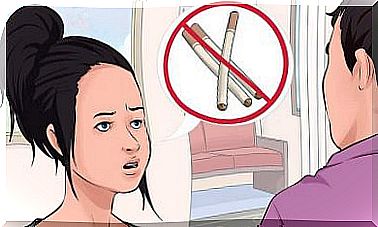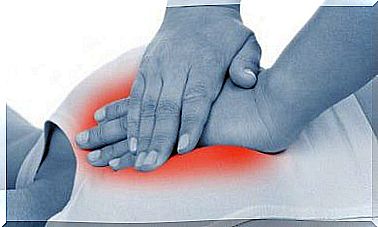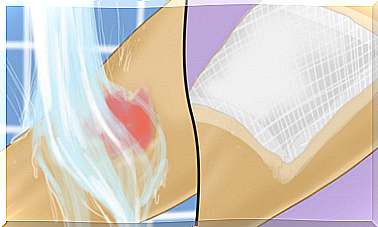Radiculopathy: Causes, Symptoms And Treatment
If you suspect radiculopathy, it is best to go to the doctor. An accurate diagnosis is decisive for the choice of an appropriate treatment. Find out what can be the cause and what are the symptoms that allow you to recognize it.
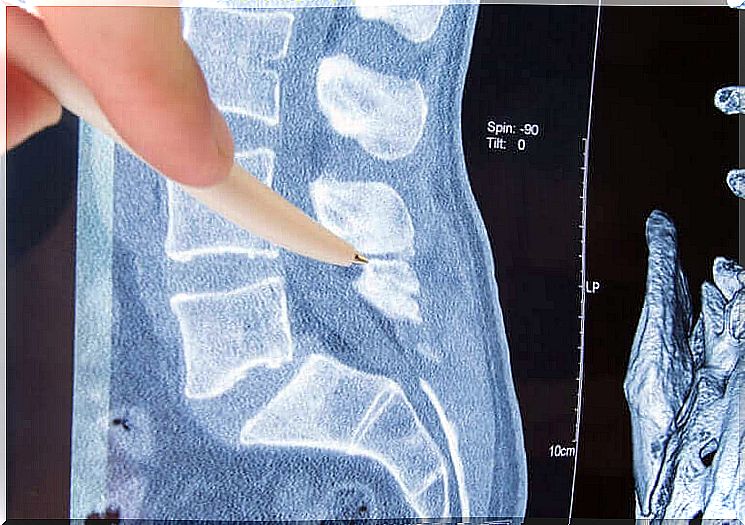
You may have heard of the term “radiculopathy” before, but you still don’t know what it is. To know what this condition is, you first need to know a little about the spine.
The spine is a bony structure formed by vertebrae which, in turn, protect the marrow and allow us to move freely. The vertebrae have holes on each side, from which the nerves that go to different parts of our body exit.
The part of the nerve that comes out of the vertebra is called the “nerve root”. Radiculopathy is compression of the nerve, precisely in the nerve root. What are the causes ? What are its clinical manifestations? We help you solve these questions and inform you about its treatment.
Causes of radiculopathy
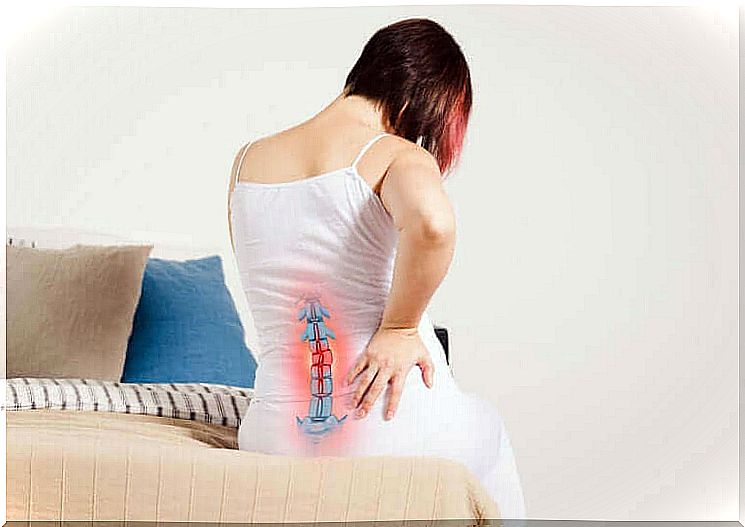
Radiculopathy can be caused by the following factors:
- Spinal disc problems
- Osteophytes
- Thickening of ligaments in the area
- Spondylolisthesis
- Write-offs
- Diabetic sugar
- Tumor in the area
- Severe scoliosis
- Meningeal disease
Each of them can reduce the space where the nerve passes and compress it.
Symptoms
Since the problem is with the nerve root, the symptoms are usually located in the part of the body that corresponds to the affected nerve. Usually the symptoms are a combination of:
- Pain, in this case we call it “root pain”
- Weakness or difficulty controlling muscles
- Increased sensitivity to pain in the area (hyperalgesia)
- Numbness and tingling
The location of these symptoms will depend on the location of the radiculopathy:
Cervical radiculopathy
It corresponds to the cervical spine. The nerves in this area control the muscles and tenderness of the skin of the neck and arms. In cervical radiculopathy, symptoms are usually felt in the arm, shoulder, or neck.
For example, cervical radiculopathy can cause pain and weakness in the forearm, and tingling in some fingers.
Thoracic radiculopathy
It corresponds to the thoracic spine. These nerves control the muscles and sensations of the skin of the chest and ribs. This radiculopathy is sometimes confused with herpes zoster. It is the least common of all.
Lumbar radiculopathy
It corresponds to the lumbar spine. The nerves in this region control the muscles and tenderness of the skin, from the buttocks and hips to the feet. Therefore, the symptoms of lumbar radiculopathy are usually felt in the lower back, hips, legs, and foot.
In the most severe cases, sphincter control is compromised. If the compression occurs at the exit of the sciatic nerve, the most common symptom is pain that extends from the lower back to the sole of the foot and down the back of the leg. This is called sciatica.
Treatment
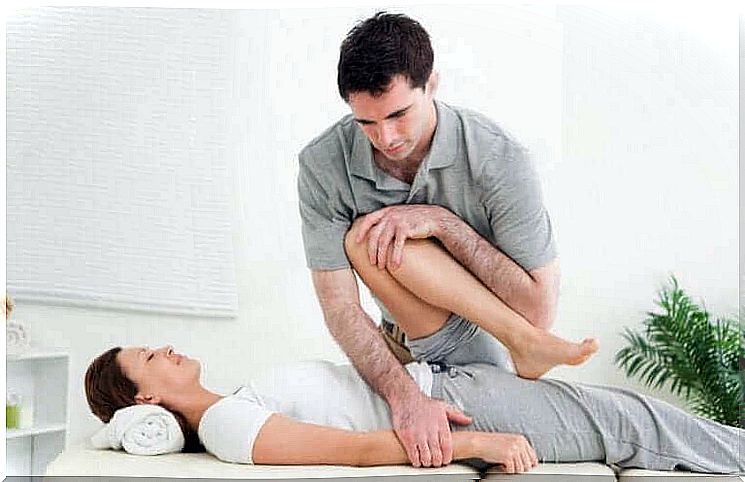
Treatment should aim to resolve the cause of the nerve compression because, by returning the nerve to its normal function, the symptoms will subside.
The vast majority of patients with radiculopathy respond very well to physiotherapy and exercise. However, in some cases, medication is needed when the pain is debilitating.
The time between the onset of symptoms and the resolution of the problem can vary greatly from person to person, as it depends on two factors:
- The severity of the symptoms. If the pain is significant, it must first be reduced to facilitate treatment of the cause
- The cause of the compression of the nerves. A fracture or tumor may require a surgical approach, which changes subsequent treatment and varies the time to resolution. In contrast, a disc problem can be treated with a good exercise program.
Two people can have the same symptoms, but may require completely different treatments. It is therefore important to receive a medical diagnosis. The sooner the cause is determined, the more effective the treatment.
If you think you have radiculopathy, see a doctor you trust to assess yourself and help you decide on a treatment plan.





